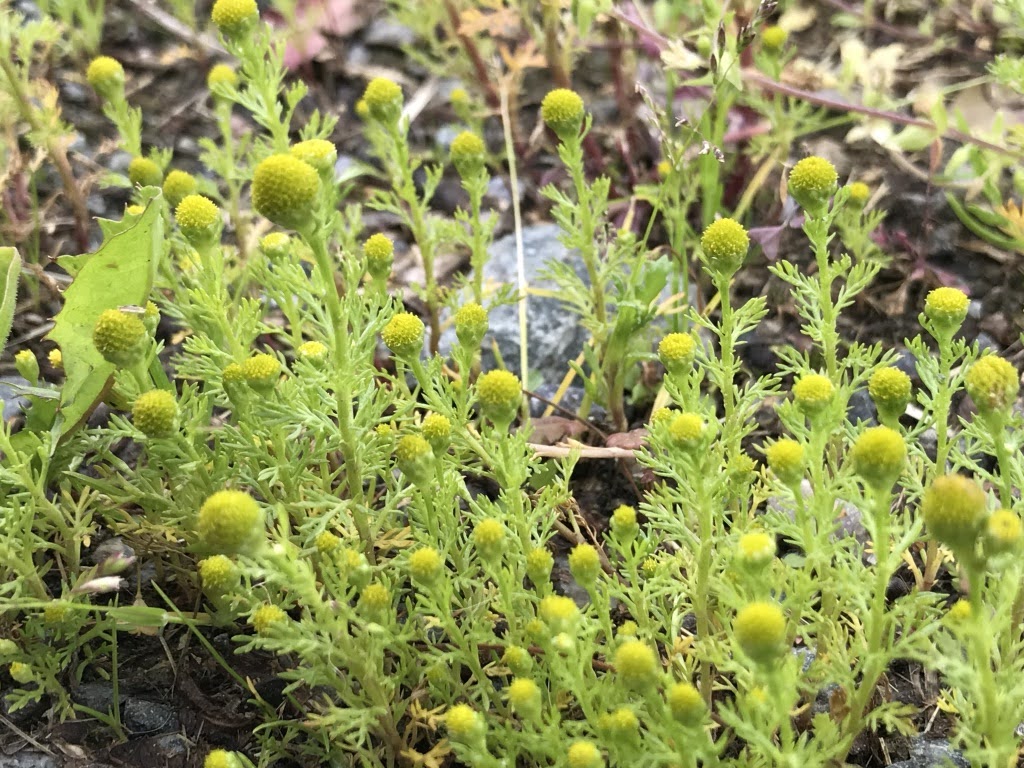In his notes from Operasjon Rype William Colby tells a story about pineapple
The men said nothing. Those who had unbuckled their skis quietly put them on again. In an hour, we slogged ahead, directly into territory heavily patrolled by Germans. There were Germans behind us, more overhead. Our destination was Sweden, 40 miles ahead. We made it without stop, shaking off the enemy 56 hours later at “Benzedrine Hill,” where the terrain and land mines broke both the legs and the spirits of the pursuers. This hill, called Sugartop on the map, got its new name from the amount of white tablets we consumed to scale its sheer height. It went up at 45 degrees, requiring human chains to pull up the sled. Farnsworth and I split a tablet at the start, and the others began changing their minds after about 100 feet. Sather, however, refused to the end. White-parkaed, snorting, he went up like a Missouri mule. It was to his credit we got our stuff up at all.
 Then, four days later, a lone Liberator swung low over Jaevsjo and dropped the supplies we needed: food, K-rations, cigarettes, soap, one-pound rail bombs, noncom’s outfits for five, lieutenant’s bars–and a case of canned Hawaiian pineapple.” In any case, there is nothing in the reports or telegrams that confirms there were more drops at Gjefsjø after 5.April, but according to Colby’s notes, this is what happened. But the story doesn’t end here
Then, four days later, a lone Liberator swung low over Jaevsjo and dropped the supplies we needed: food, K-rations, cigarettes, soap, one-pound rail bombs, noncom’s outfits for five, lieutenant’s bars–and a case of canned Hawaiian pineapple.” In any case, there is nothing in the reports or telegrams that confirms there were more drops at Gjefsjø after 5.April, but according to Colby’s notes, this is what happened. But the story doesn’t end hereAUGUST 2020
Gjefsjø mountain farm 75 years later
Colby would probably loved to hear the end of the story…

WW2 sabotage
Operasjon rype
In the last months of the war during spring 1945. Gjefsjøen Mountain Farm was a central location as part of the sabotage operation "Operasjon Rype". The saboteurs had their headquarter at the farm. Operasjon Rype's mission was to sabotage the railroad through Trøndelag and Snåsa. Today Home Guard's task force "Rype" is named after the operation.
Restoring of Operasjon Rype's headquarter
OSS Gjefsjøen
The building which was headquarter for Operation Rype was in bad shape after standing empty for years. OSS Gjefsjøen are now restoring the building. The association OSS Gjefsjøen will convey the story of Operasjon Rype which in the final phase of World War II operated from its base on Gjefsjøen mountain farm. The building will be restored in the original appearance from when Operasjon Rype was carried out.
Licour based on local herbs and plants from Gjefsjøen
Gjefsjøakevitt (Aquavit)
Distilled at Inderøy Brenneri (distillery) based on pure water, plants, herbs and botanicals from Gjefsjøen Mountain Farm. Made as a tribute to the heros from Operasjon Rype who had their base at Gjefsjøen in the end og World War II.